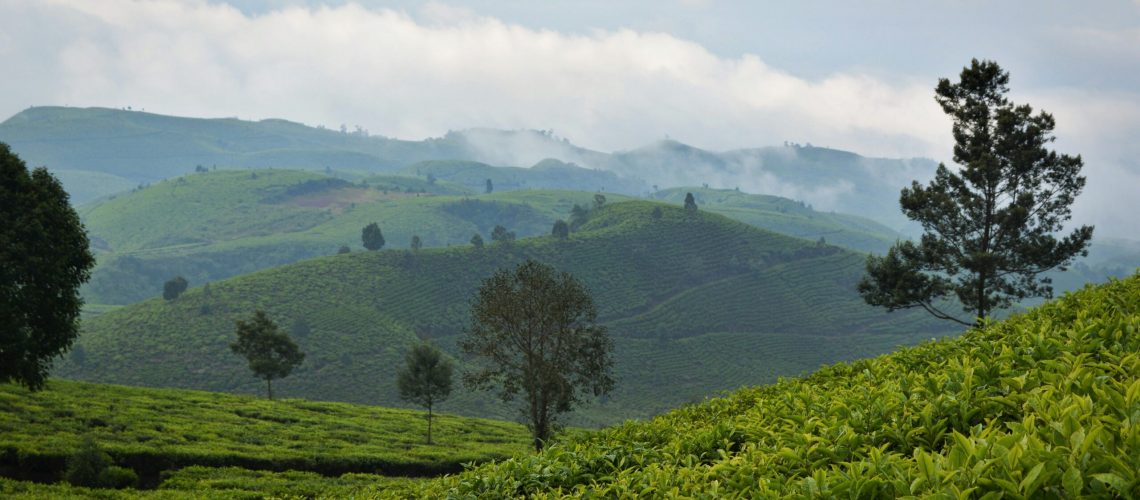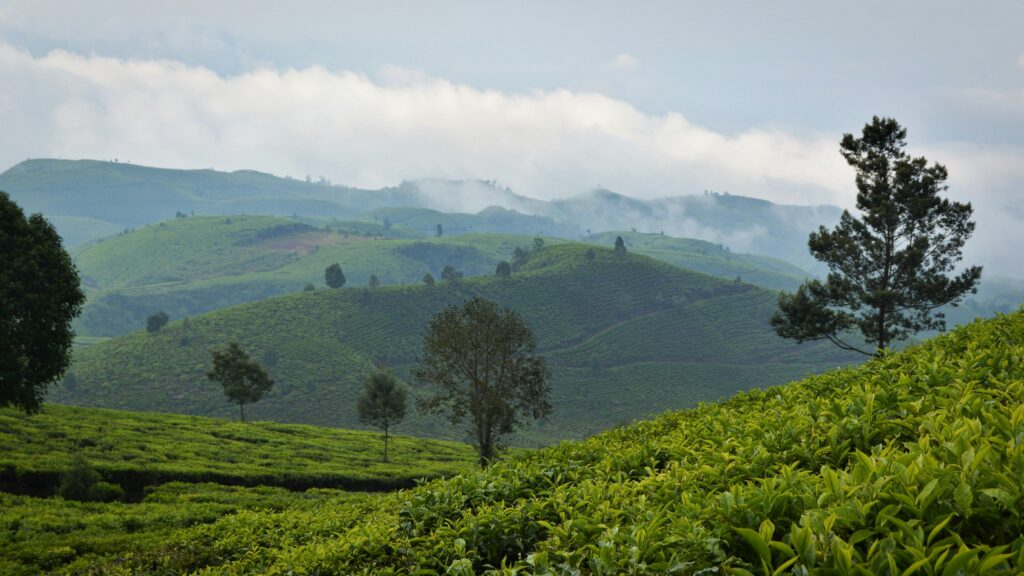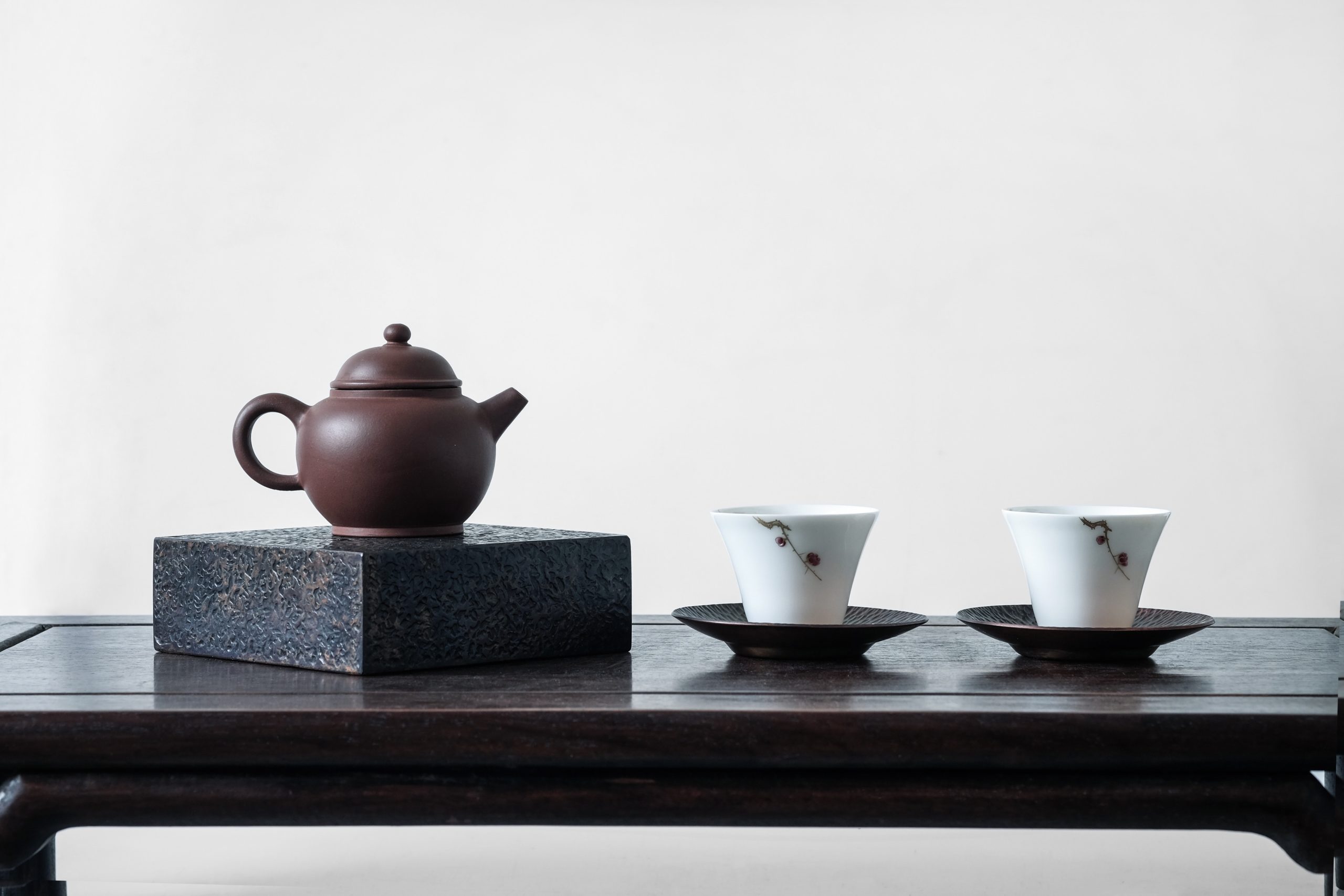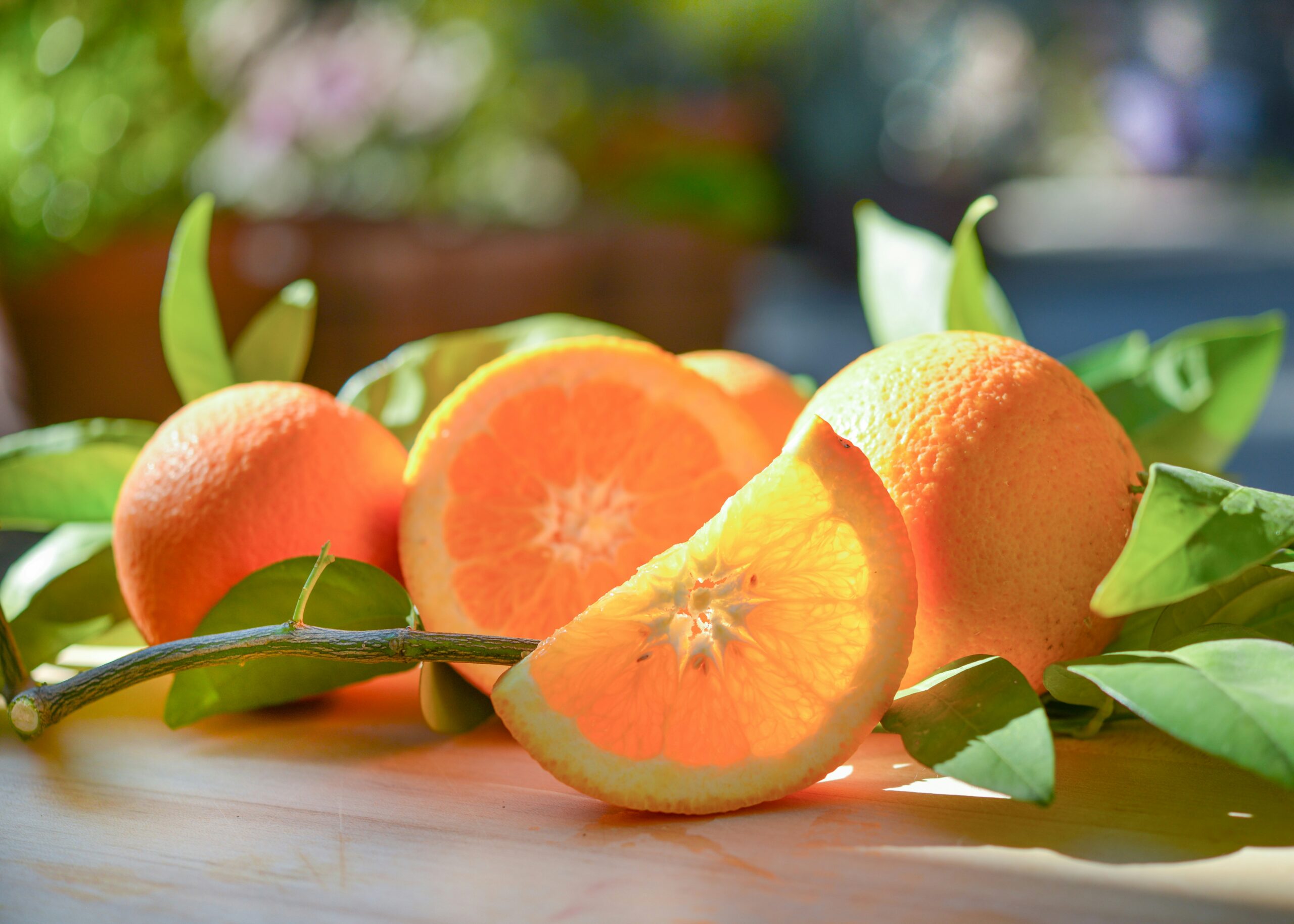Kiinalaisen teen ja Assamin teen ero

On olemassa monia teelajeja, mutta kaksi yleisintä maailmassa ovat kiinalainen tee ja Assam-tee. Jokaisella on omat ainutlaatuiset piirteensä, ja ne soveltuvat eri ilmastoihin ja käyttötarkoituksiin, mikä vaikuttaa siihen, miten valitsemme ja nautimme teetä. Tässä artikkelissa tarkastelemme näiden kahden pääteelajin keskeisiä ominaisuuksia ja eroja yksityiskohtaisesti.

Mitkä ovat kiinalaiset teelajit?
Kiinalaisen teen kasvi sai alkunsa Yunnanin provinssista Kaakkois-Kiinassa. Sen lehdet ovat pieniä, yleensä 3–5 senttimetriä pitkiä, ja niissä on sileä pinta sekä hienoja kuituja. Tämä teekasvi kehittyi Jangtse-joen laaksossa, missä se sopeutui kylmiin talviolosuhteisiin, mikä mahdollisti pienten lehtien ja pensasmaisten kasvien selviytymisen. Korkean kylmänkestävyytensä vuoksi sitä voidaan kasvattaa alueilla, joilla on kylmiä talvia.
Koostumuksen näkökulmasta kiinalaisen teen lajikkeen lehdet sisältävät vähemmän katekiineja ja enemmän aminohappoja. Tämä tekee lehdistä vähemmän alttiita hapettumiselle, mikä tekee niistä soveltuvia vihreän teen, valkoisen teen ja oolong-teen valmistukseen. Kiinalaista lajiketta viljellään laajasti Japanissa, erityisesti vihreän teen tuotannossa. Viime vuosina yhä useammat japanilaiset viljelijät ovat alkaneet tuottaa mustaa teetä kiinalaisesta lajikkeesta, mikä on johtanut teehen, jolla on vähemmän katkeruutta ja makeampi makuprofiili.
Mitkä ovat Assamin teelajit?
Assamin teelaji löydettiin vuonna 1823 brittiläisen tutkimusmatkailijan M.R. Brucen toimesta Assamin alueelta Intiasta. Assamin teen lehdet ovat melko suuria, 10–18 senttimetriä pitkiä, ja niissä on korostunut pinta sekä karkeamman rakenteen kuituja. Tämä lajike menestyy lämpimissä ilmastoissa ja kamppailee kylmissä alueissa, joten sitä kasvatetaan pääasiassa Assamissa, Sri Lankassa, Indonesiassa ja Keniassa.
Assamin teen lehdet sisältävät runsaasti katekiineja, mutta vähemmän aminohappoja. Nämä lehdet osoittavat korkeaa entsymaattista aktiivisuutta, mikä tekee niistä ihanteellisia fermentointiin ja mustan teen tuotantoon. Assam-tee on tunnettu syvästä punaisesta väristään, rikkaasta aromistaan ja voimakkaasta maustaan, mikä tekee siitä suositun valinnan maito-teelle.
Kiinalaiset ja Assamin lajikkeet eroavat toisistaan alkuperän, lehtikoon, ilmastoon sopeutuvuuden ja kemiallisen koostumuksen suhteen, mikä johtaa niiden käyttöön eri tyyppisissä teissä ja tuotantomenetelmissä. Näiden erojen ymmärtäminen voi parantaa teenjuontikokemustasi, jolloin voit valita sopivimman teen mieltymystesi mukaan. Teemaailma on valtava ja monimuotoinen, ja jokaisella lajikkeella on omat ainutlaatuiset piirteensä. Seuraavan kerran, kun nautit teetä, mieti näitä eroja, ja saatat löytää syvemmän arvostuksen suosikkiteellesi.
Recommended Articles
Latest Articles

About the Author / teplo

teplo is a tea brand with the mission of bringing delicious tea to the world.
We provide comprehensive support for the operation of tea media, the purchase and sale of tea leaves, the development and sale of tea brewing machines, and the development of tea menus and recipes for restaurants.
Sign up for teplo’s e-newsletter
Want to receive seasonal information and tidbits about tea without missing a beat? If so, please register your e-mail address using the registration form below.
We will send you the latest information from teplo by e-mail newsletter.
(*1) Please be sure to read and agree to our Privacy Policy before registering.
(*2) Please make sure that you can receive emails from info@load-road.comおよびhello.japan@load-road.com.



